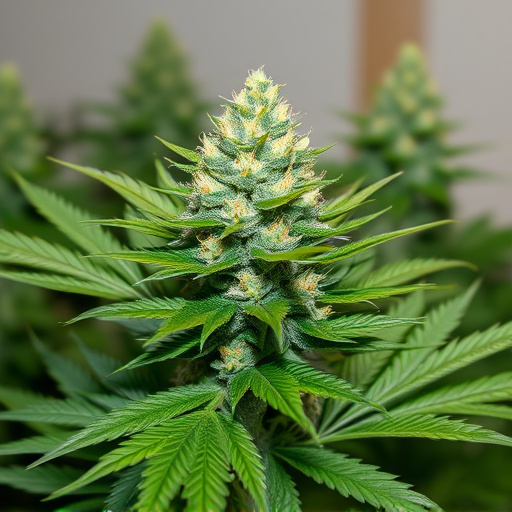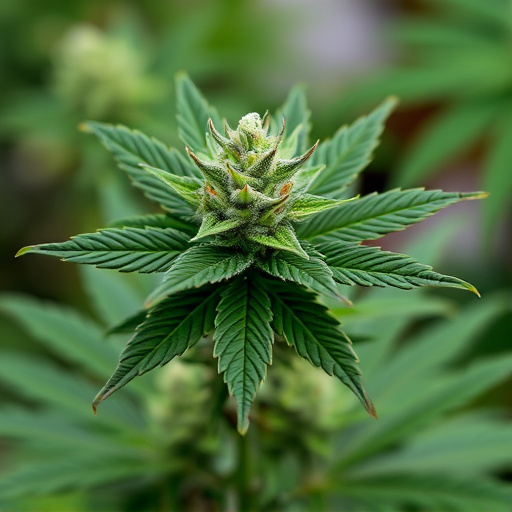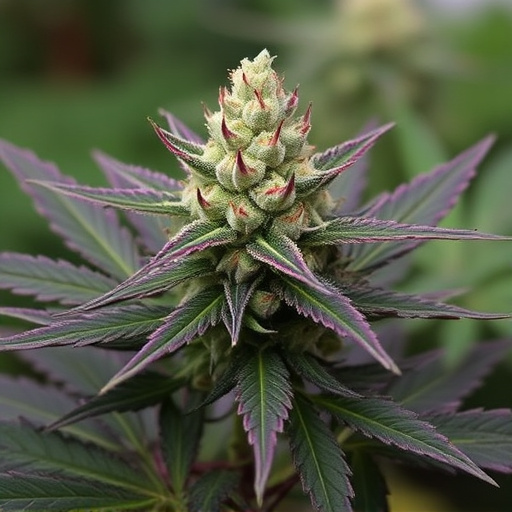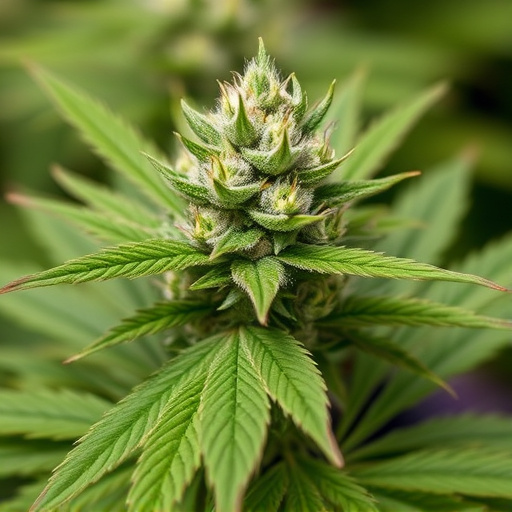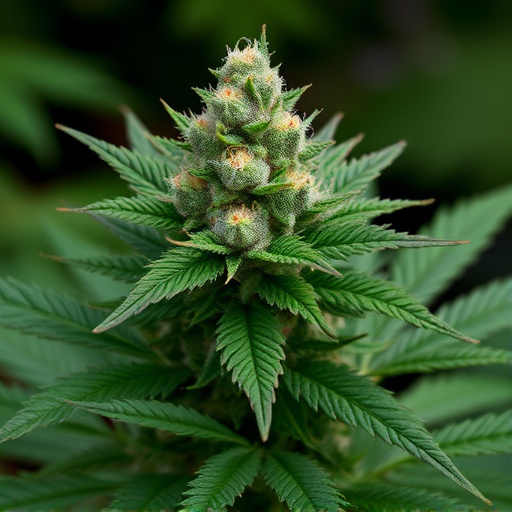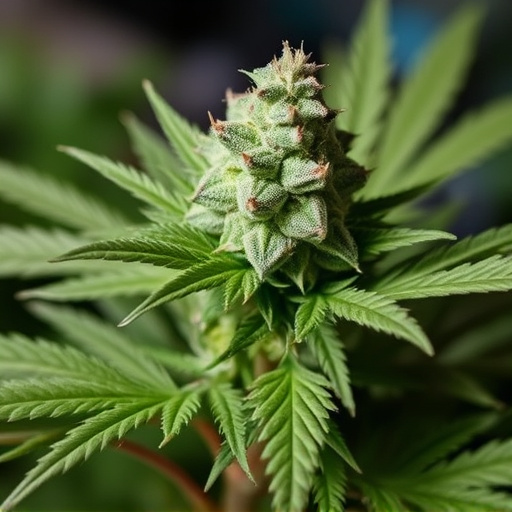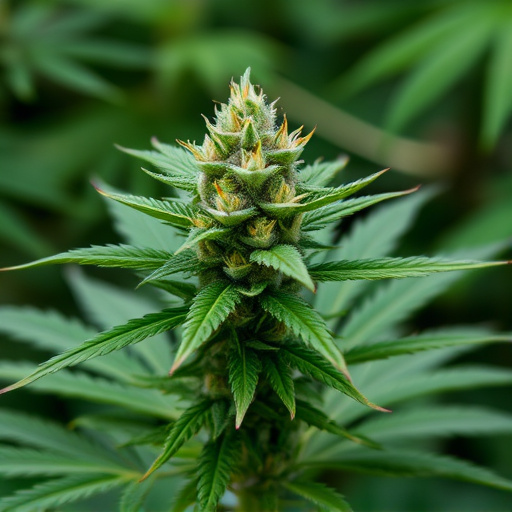Cannabis offers therapeutic benefits for pain management, but carries significant side effects like altered perception, increased heart rate, and anxiety. Long-term consumption may lead to respiratory issues and psychotic disorders, while regular use can foster dependence. The best cannabis strains for pain relief vary in risk and effect, with indica varieties often recommended. Users should research strains tailored to their needs, starting with low THC content, and consult healthcare professionals to ensure safe and effective use.
Cannabis flower, a popular choice for recreational and medicinal use, offers therapeutic benefits but also carries potential risks. This article delves into the side effects of cannabis consumption, exploring the unique risks associated with various strains. We discuss how different cannabinoids and terpenes can impact users, particularly focusing on those seeking relief from pain. Additionally, safe use guidelines and dosage recommendations are provided to help individuals make informed choices when considering the best cannabis strains for pain management.
- Potential Side Effects of Cannabis Flower Consumption
- Risks Associated with Different Cannabis Strains
- Mitigating the Dangers: Safe Use and Dosage Guidelines for Pain Management
Potential Side Effects of Cannabis Flower Consumption
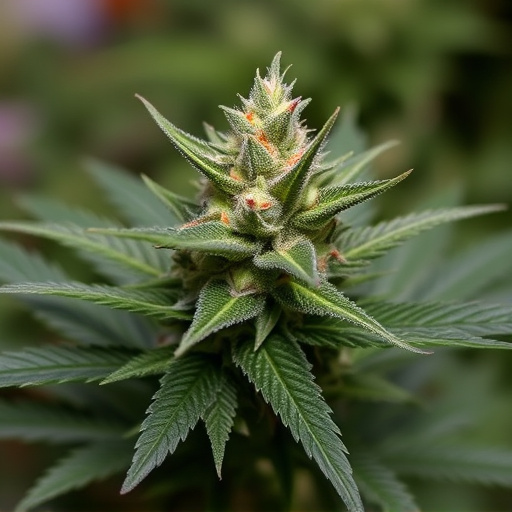
Cannabis flower, while known for its potential therapeutic benefits, especially in managing pain using certain best cannabis strains for pain, also carries a range of side effects that should be considered. Short-term effects can include altered perception, increased heart rate, and anxiety or paranoia, particularly in individuals new to the substance. These symptoms are often temporary but can be intense, especially with higher doses.
Longer-term consumption may lead to more persistent issues, such as respiratory problems due to smoke inhalation, chronic bronchitis, and an elevated risk of psychotic disorders in susceptible individuals. Additionally, regular use can result in dependence and withdrawal symptoms upon cessation, including irritability, insomnia, and intense cravings. It’s crucial to understand these potential risks and always consume cannabis responsibly.
Risks Associated with Different Cannabis Strains
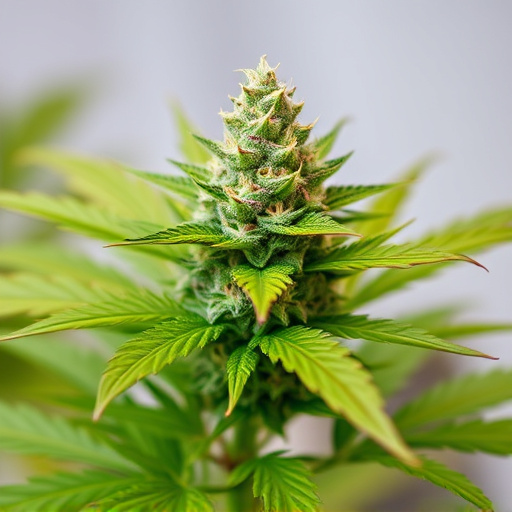
Different cannabis strains carry distinct risks and effects, with some varieties touted as the best cannabis strains for pain relief. While many users find cannabidiol (CBD) enriched strains to be beneficial in managing chronic pain, it’s crucial to recognize that not all strains are created equal. High tetrahydrocannabinol (THC) content, often associated with more potent strains, can increase anxiety and paranoia in susceptible individuals.
Additionally, the diverse cannabinoid and terpene profiles across strains contribute to varying levels of intensity and potential adverse reactions. Some strains may induce sleepiness or lethargy, while others could evoke euphoria or heightened sensory perception. It’s essential for users to research and select strains suitable for their specific needs and tolerances, considering both the medicinal properties sought after for pain relief and the risks associated with potent cannabis varieties.
Mitigating the Dangers: Safe Use and Dosage Guidelines for Pain Management
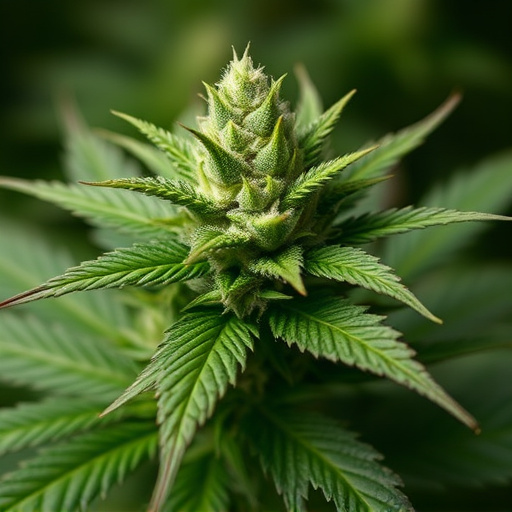
Cannabis has gained attention as a potential treatment for chronic pain, offering an alternative to traditional pharmaceuticals. However, mitigating the risks associated with cannabis flower is essential, especially when considering its use for pain management. Safe and effective use requires understanding dosage guidelines and choosing the right strains.
The key to minimizing dangers lies in moderation and selecting suitable cannabis varieties, known as the best cannabis strains for pain. Different strains have distinct chemical compositions, affecting their potency and effects. For pain relief, indica strains are often preferred due to their relaxing properties. However, beginners should start with low THC (tetrahydrocannabinol) content and gradually increase, ensuring they adhere to recommended dosages. Consulting a healthcare professional or a knowledgeable dispensary staff can provide guidance on suitable strains and proper usage, enabling individuals to harness cannabis’s potential while minimizing associated risks.
While cannabis flower holds promise for managing pain, it’s crucial to be aware of potential risks and side effects. Different strains carry varying levels of THC and CBD, impacting effectiveness and safety. To mitigate dangers, consumers should adhere to safe use guidelines, start with low dosages, and choose strains known for their therapeutic properties, like certain high-CBD, low-THC varieties often recommended as the best cannabis strains for pain. Always consult a healthcare professional before incorporating cannabis into your pain management routine.

